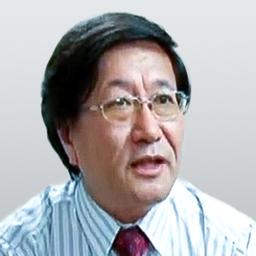Commentary
Western media recently reported that China’s largest chipmaker, Semiconductor Manufacturing International Corporation (SMIC), may suffer trade sanctions from the United States. How severe is the situation? Let me put it this way: The U.S. sanction on SMIC will kill the Chinese Communist Party’s ambitious plan to develop the chip industry. Not only will the People’s Republic of China’s chip technology trail further and further behind the rest of the world, but it will soon find its critical military technology obsolete, putting it at a disadvantage in areas like space war and digital war with the United States.





